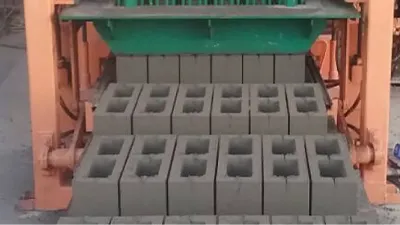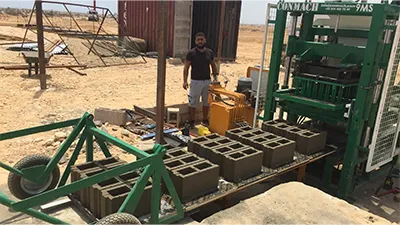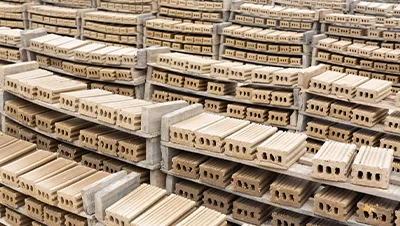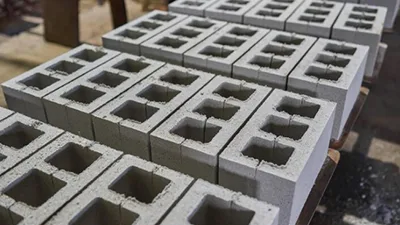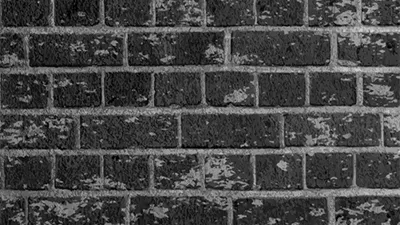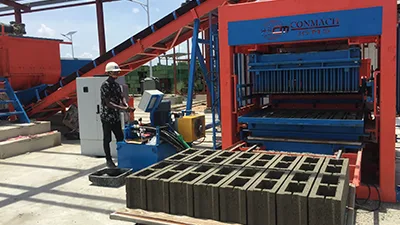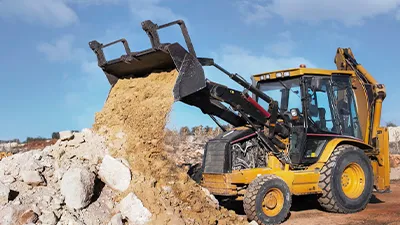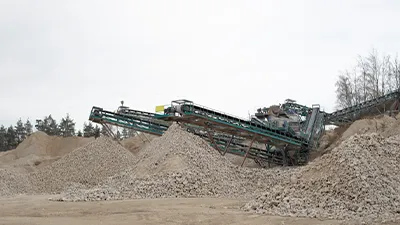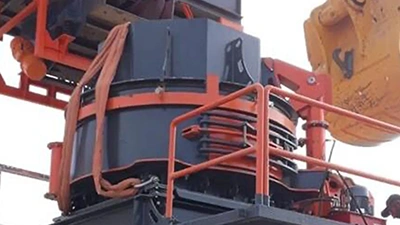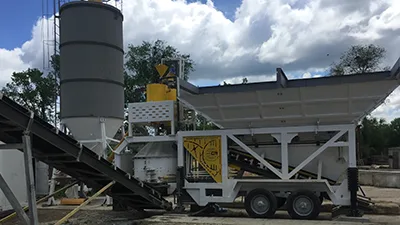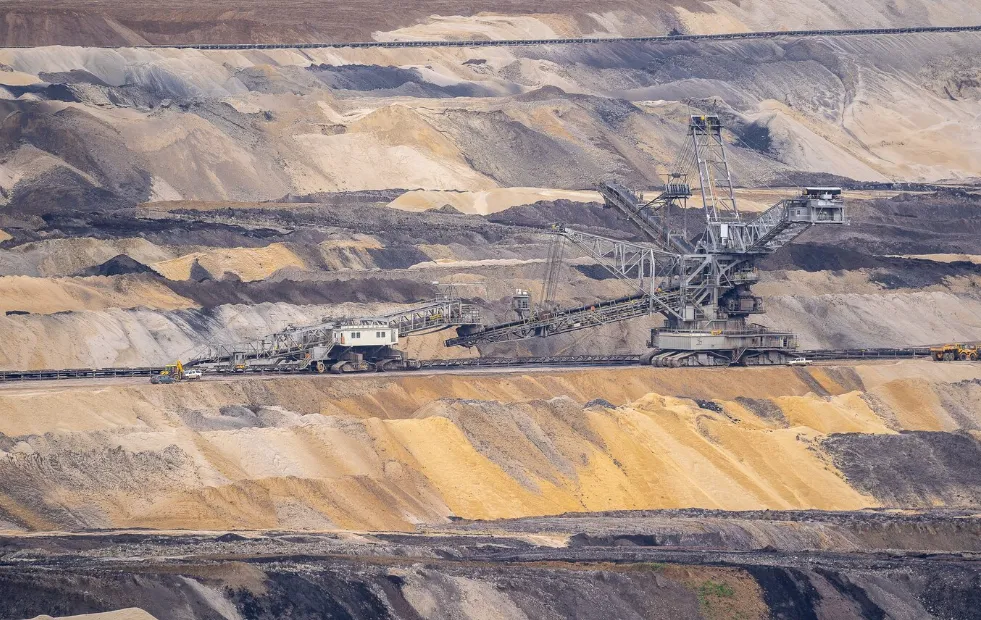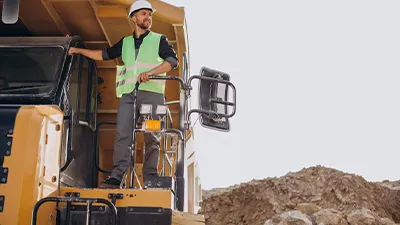Briquette Dimensions
Briquette dimensions vary according to regional standards. The dimensions of the briquette, which is an important raw material for the construction sector, are determined according to the mold used. Production can be carried out using different molds according to the needs and demands of the user.
Briquette dimensions can be stretched according to user demand, but there are some standard dimensions. These dimensions are shaped depending on the horizontal and vertical features of the briquette or the place where it will be used. If production will be made with briquette machines, it is necessary to use different molds according to the desired dimensions.
Standard bims dimensions are as follows:
| PRODUCT | DIMENSION |
|---|---|
| 13.5 brick | 13,5x39x19 |
| 15 brick | 15x39x19 |
| 20 brick | 19x39x19 |
| 25 brick | 25x39x19 |
20 Brick Dimensions
The 20 brick is a frequently preferred, economical building material in the construction sector. The brick, which is lightweight, provides ease of use and is also very successful in thermal and sound insulation. Because it is affordable, it is used in many construction projects.
Brick has a wide range of uses. Brick is known for being durable and long-lasting and is used in the interior and exterior walls of buildings, partition walls, foundation filling and insulation processes, garden walls, and landscaping arrangements.
Brick can be produced in the desired dimensions using brick machines. However, the global brick dimensions are as follows:
| PRODUCT | DIMENSION |
|---|---|
| Horizontal Brick | 19x19x8,5 cm, 19x19x10 cm, 19x19x13,5 cm veya 25x25x20 |
| Vertical Brick | 23x23x13 cm, 19x29x23,5 cm ve 16x26x13 |
| Asmelon Brick | 40x20x20 cm, 40x20x22 cm ve 40x20x25 cm |
| Chimney Bricks | 30x30x20 cm |
There are many reasons and advantages for bricks being frequently preferred in the construction sector. These materials are quite durable against high pressure and weight. Concrete bricks provide good thermal and sound insulation. In addition, due to their structures that can withstand high temperatures, they exhibit a non-flammable characteristic in the event of a fire. Bricks are also known for their resistance to moisture and water.
Working with bricks produced in standard aerated concrete brick dimensions is easy and speeds up the construction process. Especially for large-scale construction projects, bricks are a cost-effective solution and are frequently preferred in modern construction projects.
The price of 20 bricks can vary depending on the quality of the brick, the manufacturer, regional price differences, shipping costs, and how many bricks are purchased. Fluctuations in the construction market also affect product prices.
For companies operating in the construction sector, bricks are a continuous need. Therefore, investing in brick-producing machines will largely eliminate raw material costs. These machines, produced with the latest technologies, have completely eliminated the need for labor.
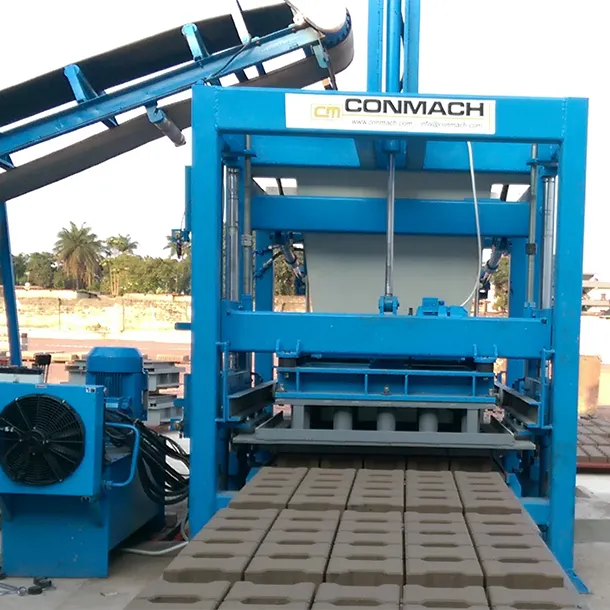
With brick machines that have a daily production capacity of 20,000 bricks, other sectorally needed raw materials such as paving stones, concrete blocks, and curbstones can also be produced by changing mixes and molds.
You can contact CONMACH to get detailed information about the technical specifications and prices of brick production facilities.

